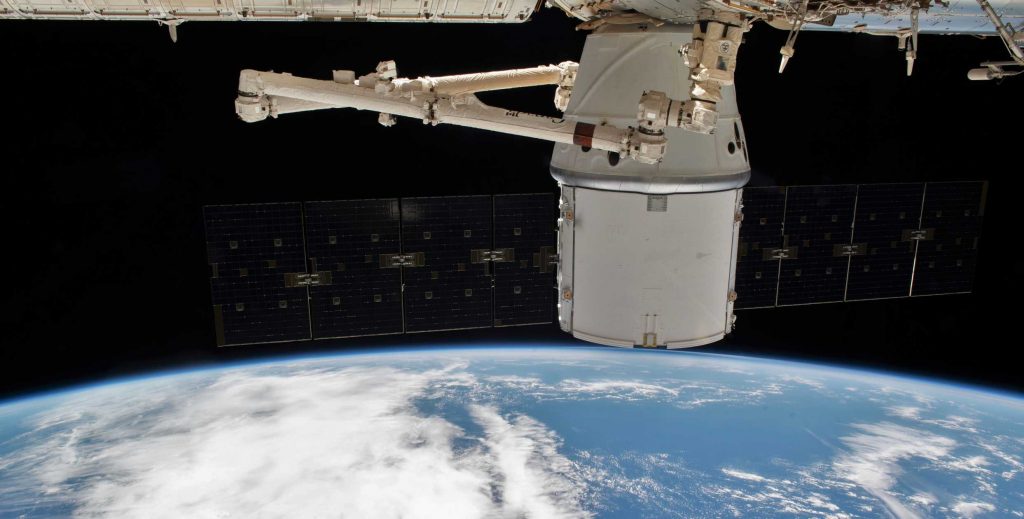Why Is Yelp (YELP) Down 35.5% Since Last Earnings Report?
It has been about a month since the last earnings report for Yelp (YELP). Shares have lost about 35.5% in that time frame, underperforming the S&P 500.
Will the recent negative trend continue leading up to its next earnings release, or is Yelp due for a breakout? Before we dive into how investors and analysts have reacted as of late, let’s take a quick look at the most recent earnings report in order to get a better handle on the important drivers.
Yelp Reports Q4 Results
Yelp fourth-quarter 2019 earnings of 24 cents per share missed the Zacks Consensus Estimate of 26 cents and declined 35% year over year.
Revenues of $269 million also lagged the Zacks Consensus Estimate of $273 million. However, the figure increased 10% year over year, driven by higher advertising revenues. Higher-than-anticipated seasonal reductions by SMB customers resulted in lower-than-guided growth.
Quarterly Details
Advertising revenues (95% of total revenues) increased 10% year over year to $259 million. The increase was driven by growth in the number of Paying advertising locations and higher advertising budgets from Multi-location customers. Paying advertising locations grew 4% year over year to 565K sites.
Yelp continues to benefit from its Home & Local services, boosted by revenues from ‘Request-A-Quote,’ which surged 70% year over year.
Transaction revenues were $3 million in the fourth quarter of 2019, down 12% from the year-ago quarter. Reduction in fees earned from Grubhub for processing credit card transactions related to Grubhub orders that originated on the platform has been a dampener.
Other services revenues rose 23% to $7 million, driven by growth of Yelp Reservations and Yelp Waitlist.
Cumulative reviews rose 16% year over year to 205 million. App unique devices climbed 8% year over year to 36 million on a monthly-average basis.
Yelp reported adjusted EBITDA of $61 million, up 15% year over year. Moreover, adjusted EBITDA margin expanded 100 basis points (bps) on a year-over-year basis to 23%, driven by controlled operating expenses.
Balance Sheet & Cash Flow
As of Dec 31, 2019, Yelp’s cash, cash equivalents & marketable securities were $466 million, up from $417 million as of Sep 30, 2019.
Net cash flow from operating activities was $56 million compared with $51 million in the previous quarter.
Guidance
For the first quarter, Yelp expects revenues to increase in the 8-10% range year over year. Moreover, adjusted EBITDA margin is expected to drop 2 percentage points on a year-over-year basis.
The company expects to achieve 10-12% revenue growth in 2020.
Adjusted EBITDA margin is projected to improve 1-2 percentage points in 2020 to 22-23%.
How Have Estimates Been Moving Since Then?
Estimates review followed a downward path over the past two months. The consensus estimate has shifted -118.46% due to these changes.
VGM Scores
At this time, Yelp has a strong Growth Score of A, though it is lagging a bit on the Momentum Score front with a B. Charting a somewhat similar path, the stock was allocated a grade of C on the value side, putting it in the middle 20% for this investment strategy.
Overall, the stock has an aggregate VGM Score of A. If you aren’t focused on one strategy, this score is the one you should be interested in.
Outlook
Yelp has a Zacks Rank #3 (Hold). We expect an in-line return from the stock in the next few months.

























